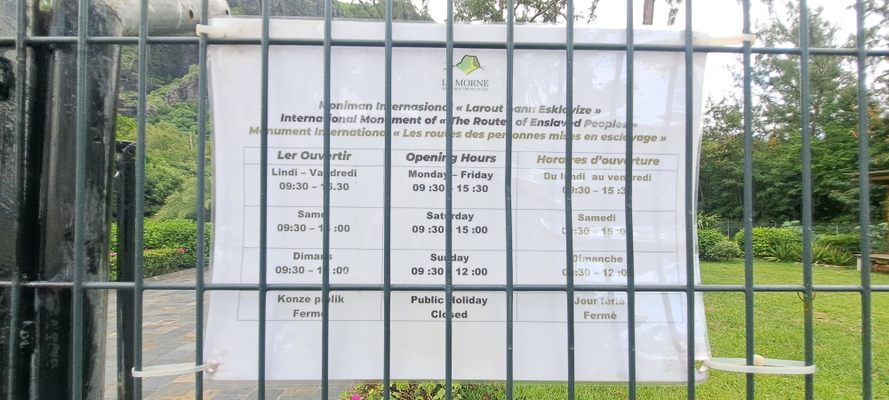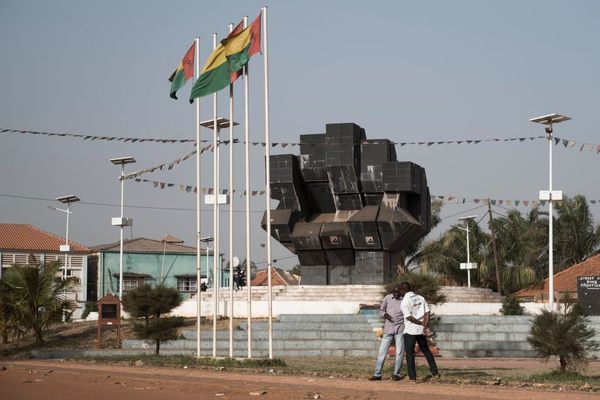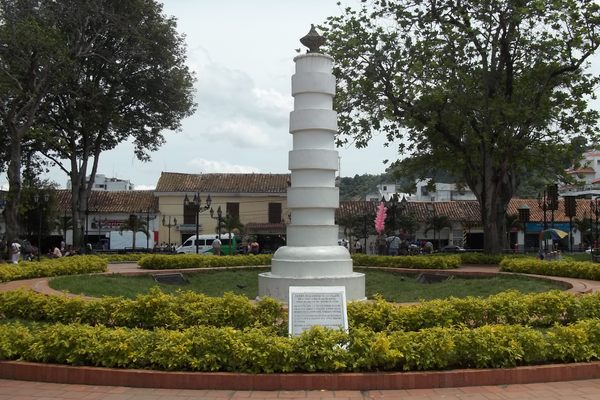About
The massive cliff at Le Morne Brabant mountain on the island of Mauritius is shrouded in dark tales.
Mauritius was once a part of the complex and far-reaching international slave trade, and people say that hundreds of slaves threw themselves off the cliff rather than face the horrors of dehumanization.
There’s another, even darker tale: Some say that after the British passed the Slavery Abolition Act in 1834, a group of soldiers and police went to the Le Morne area to let runaway slaves know that they were finally free. But the slaves, seeing the authorities approaching, feared that they were being recaptured and returned to their masters, and climbed to the top of the mountain summit and threw themselves off committing suicide by landing in the ocean.
The Slave Route Monument is located at the foot of Le Morne mountain, in clear view of the caves in the cliff faces where it is rumored that runaway slaves were apparently known to hide, and the sheer drop from the mountain into what’s since been called the “Valley of Bones.” If you’re aware of the legends behind your surroundings, even a short visit to the monument will be a moving and thought-provoking one. (It should be noted that there is yet to be any archaeological evidence of the tragedy like bones found on the beach.)
Across from one of the country’s public beaches, the site is in a quiet garden enclosure at the foot of Le Morne mountain. You will find a central sculpture surrounded by various other sculptures and engravings, meant to symbolize the different origin and destination countries of the slaves brought into or sent from Mauritius, which include Mozambique, Madagascar, India, China, Malaysia, Haïti, Réunion island, France and Senegal..
In 2009, Mauritius established the Slave Route Monument as a symbol to recognize and commemorate the impact and influence of slavery and the slave trade on Mauritian history. It was part of a larger UNESCO effort officially launched in Benin in 1994 known as the Slave Route Project, looking to have such monuments erected in countries affected by the slave trade. The project was formally launched in Mauritius in 2005 with the establishment of a Slave Route National Committee under the Ministry of Arts and Culture.
In the century between the 1720s and 1820s, over 200,000 slaves—many of whom were illegally introduced after the British outlawed the slave trade in 1807—arrived in Mauritius and Reunion Island from East African and Malagasy ports, according to American slave historian Pier Larson. Many died aboard slave ships en route to their destinations, and ultimately, the slave trade in Mauritius is inextricably linked with the deaths of hundreds of thousands of slaves. The history of the slave in Mauritius is commemorated annually on August 23rd, UNESCO's International Day for the Remembrance of the Slave Trade, in the hopes of generating greater awareness of this part of the country’s past. It is rather pertinent to highlight that this factual truth (related to slavery on the island) pertains generally to the greater island region of Mauritius and not necessarily to the concentrated focus that the myth and legend places on the mountain of Le Morne Brabant itself given the lack of circumstantial evidence.
Related Tags
Community Contributors
Added By
Published
July 1, 2016
Sources
- http://www.discovermauritiusisland.com/discover/visits/slave-route-monument/
- https://www.tripadvisor.com/ShowUserReviews-g488105-d8468468-r354181782-International_Slave_Route_Monument-Le_Morne.html
- http://www.lemauricien.com/article/history-commemoration-significance-23rd-august-and-unescos-slave-route-project
- http://www.govmu.org/English/News/Pages/Mauritius-Celebrates--International-Day-for-Monuments-and-Sites-and--World-Heritage-Day.aspx








































